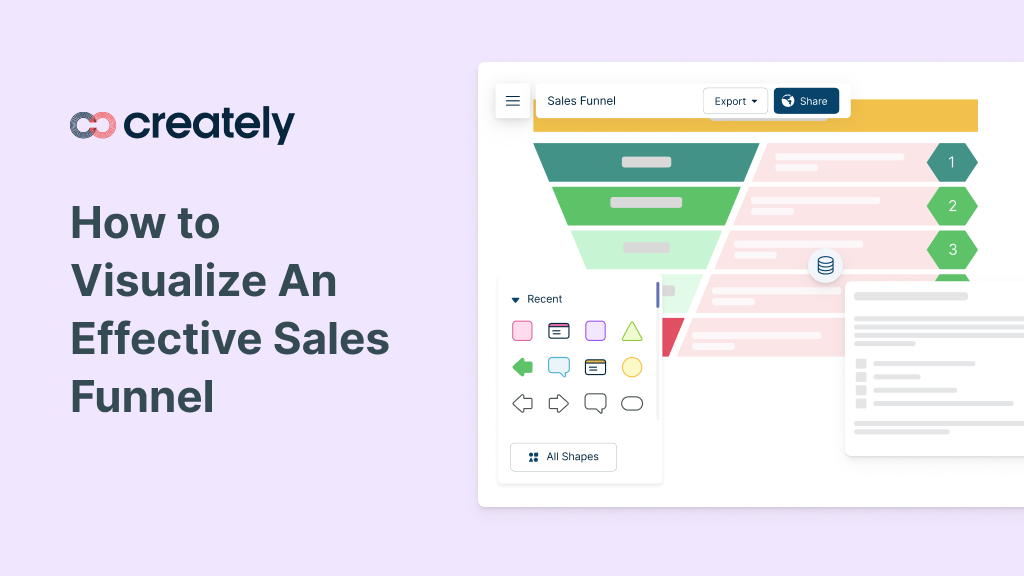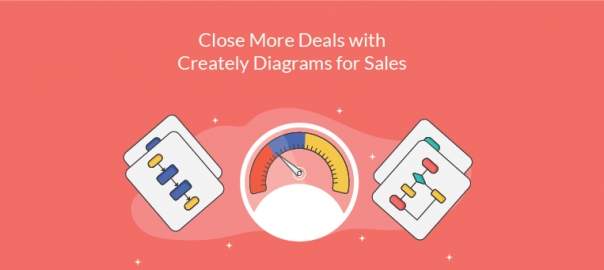Any experienced salesperson will tell you that the completion of a sale is only a small part of the sales process. Selling is not an act, but a process. It begins long before any transaction takes place. Carefully identifying and… Read More


Any experienced salesperson will tell you that the completion of a sale is only a small part of the sales process. Selling is not an act, but a process. It begins long before any transaction takes place. Carefully identifying and… Read More

No matter what industry you are in or how mature your business is, building a competent sales team and an effective sales process takes a lot of work. Without a constant way to optimize sales processes, it is difficult to… Read More